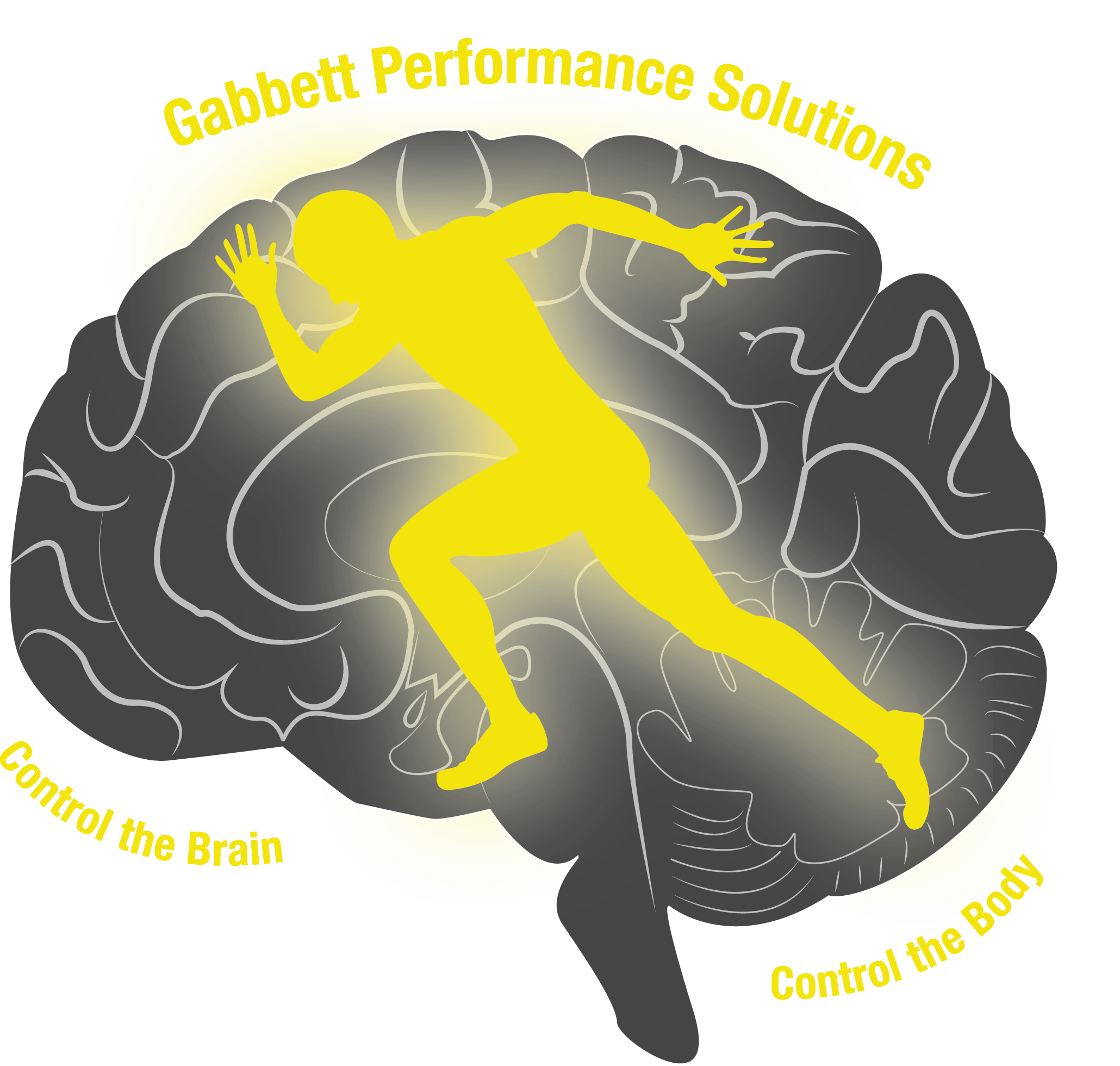Everyone reading this article will have seen the many applications of load management principles to sport. While the vast majority of research into load management has come from high performance sport, very little research has been performed into the potential applications of load management outside of this domain. One hallmark of scientific research is the testing of principles outside of their original context. The ultimate question is whether the research surrounding load management principles can hold up in non-sporting situations. This article will analyze the current principles of load management and their applications, before suggesting some broader uses for these principles.
How Can Practitioners Safely Progress Workload?
The size of the short-term training load (anywhere from one session to one week) (termed acute training load) in relation to longer term training load (termed chronic training load) determines the “acute:chronic workload ratio” (ACWR). Acute training load represents the short-term “fatigue” that arises from training, while chronic training load is analogous to “fitness”. When the ACWR was within the range of 0.8 to 1.3 (i.e. the acute training load was approximately equal to the chronic training load), the risk of injury was relatively low. However, when the ACWR was ≥1.5 (i.e. the acute training load [or “fatigue”] was much greater than chronic training load [or “fitness”]), the risk of injury increased markedly. Because spikes in workload that result in a large ACWR increase injury risk, strength coaches, physical therapists, athletic trainers, and even sport coaches have embraced measurements of the ACWR. The ACWR uses the common training principle of progressive overload. It allows practitioners working with patients and athletes to safely progress and regress training loads.
Spikes in Load Increase Injury Risk
Some of the first publications that examined the relationship between training load and injury were performed in cricket, rugby, and Australian football (all very popular Australian sports). These studies all found similar results – (1) high training loads were associated with lower injury risk, but (2) rapid increases (i.e. spikes) in training loads were associated with greater injury risk (Figure 1).1 The obvious question that arose from these studies was whether these findings could be replicated in other sports. For example, how well do the findings from a collision sport like rugby transfer to a completely different sport such as baseball. The Major League Baseball season spans 162 games; baseball pitchers need to be well-conditioned to tolerate the pitching loads required during the season. However, over the off-season many players completely break from training – having a three-month period where they do not train at all. When the off-season concludes, it is not uncommon for these players to immediately re-engage with their in-season levels of training, drastically spiking their pitching loads. Injury rates are substantially higher when players spike their load in this way following the off-season. Better practice would result in gradually increasing the pitching load following the off-season, or ensuring that players maintain a minimum chronic pitching/throwing load over the off-season. In this respect, we are not discussing “overuse injuries”, but rather we are referring to injuries that occur as a result of under-preparation.

Everyone in “Rehab” is an Athlete
If the principles of load management can transfer across sports, then it is perfectly plausible that they could also be applied to a non-sporting context. There is an array of fields in which load management principles could best be applied to keep people healthy and working at their best. Load management is certainly not limited to sport. The general finding that spikes in load increases injury risk can be applied to other domains. Many everyday jobs involve a high level of physical activity. Take the job of loading and unloading a truck – every day these workers lift a huge amount. If a worker suddenly increases his workload from “loading and unloading 2 trucks per day” to “loading and unloading 4 trucks per day”, this effectively doubles their workload. Similarly, if the worker started doing longer hours, or lifting heavier items it would also result in a spike in load. Clearly, not all load is created equally – and not all load carries the same risk!
Other examples are all too easy to imagine. Athletes playing in back-to-back games have a higher risk of injury. These sporting scenarios can also occur in the workplace. Nurses and other shift workers often work back-to-back shifts, finishing late at night and starting again early the following morning. Along with the fact that reduced sleep decreases the ability to tolerate workload,2 it is certainly feasible that this working schedule (resulting in back-to-back shifts) could lead to these workers facing increased injury risks. Again, these injuries are disruptive to the individuals, the company, and the team of co-workers that rely on them. A final scenario to think about involves a far less onerous job than the previous examples. Consider a medical receptionist that does a great deal of typing in their workday. While this is far from the “full body workout” that the worker loading and unloading trucks endures, the receptionist’s hands, wrists and fingers still undertake external load during the day. A spike in the receptionist’s load of typing, perhaps from working greater days a week or hours per day, could potentially lead to “overuse injury” (maybe these should be considered an “underprepared injury”) in her wrists (think carpal tunnel syndrome) – and sideline them from their work. These examples are not meant to be conclusive as to the applications of load management principles to non-sporting contexts. Instead, they are illustrative of the wide contexts in which the principles could potentially be used (Table 1).

It’s now becoming common knowledge that load management principles can improve athlete performance and reduce injury risk. However, these principles are not exclusive to sport. The principles can apply in any context where there is external or internal workload, whether that be exercise, sport or the workplace. A good understand of load management principles can improve athlete (and employee) performance, and also impact the day-to-day health of workers.
Want to improve your programming skills for your patints and athletes? Check out our in-person Load Management workshops here!
References
1. Gabbett TJ. The training—injury prevention paradox: should athletes be training smarter and harder? Br J Sports Med 2016;50:273-280.
2. von Rosen P, Frohm A, Kottorp A, et al. Multiple factors explain injury risk in adolescent athletes: Applying a biopsychosocial perspective. Scand J Med Sci Sports 2017;27:2059-2069.
Want to read more similar articles? Subscribe to our newsletter below.





